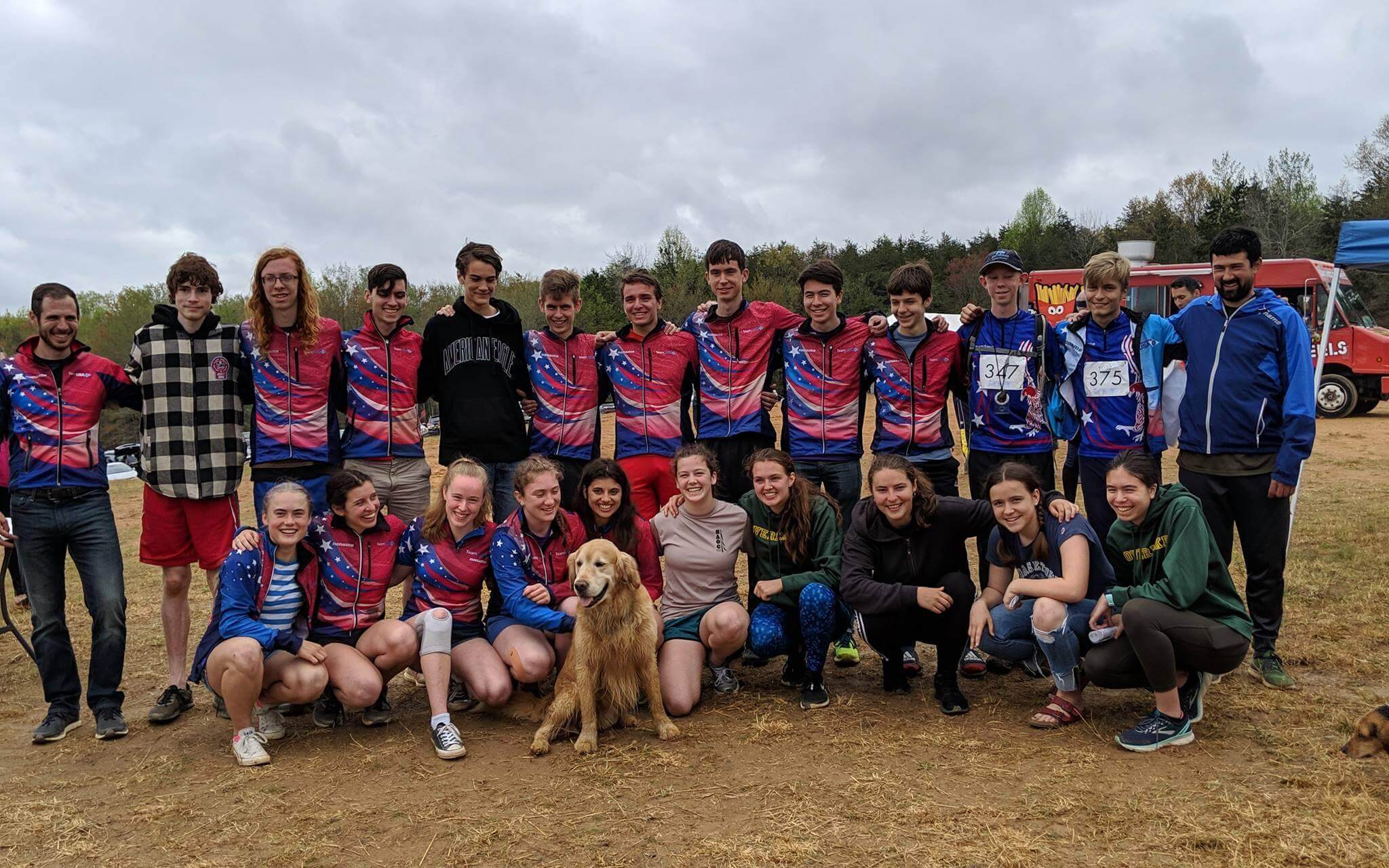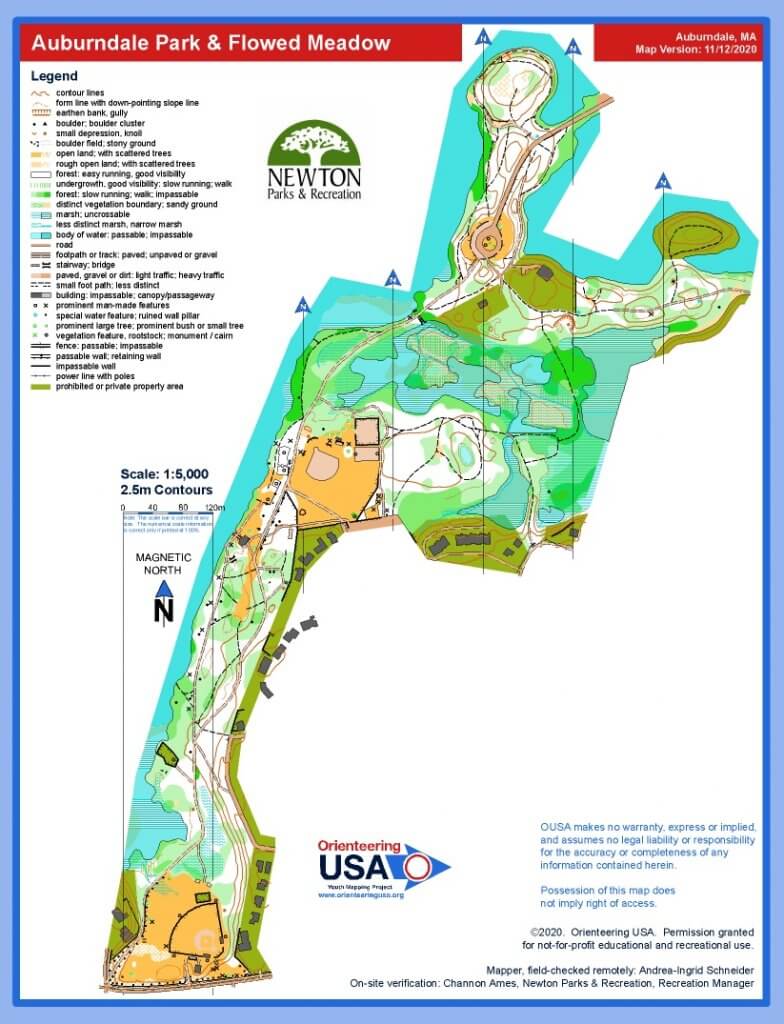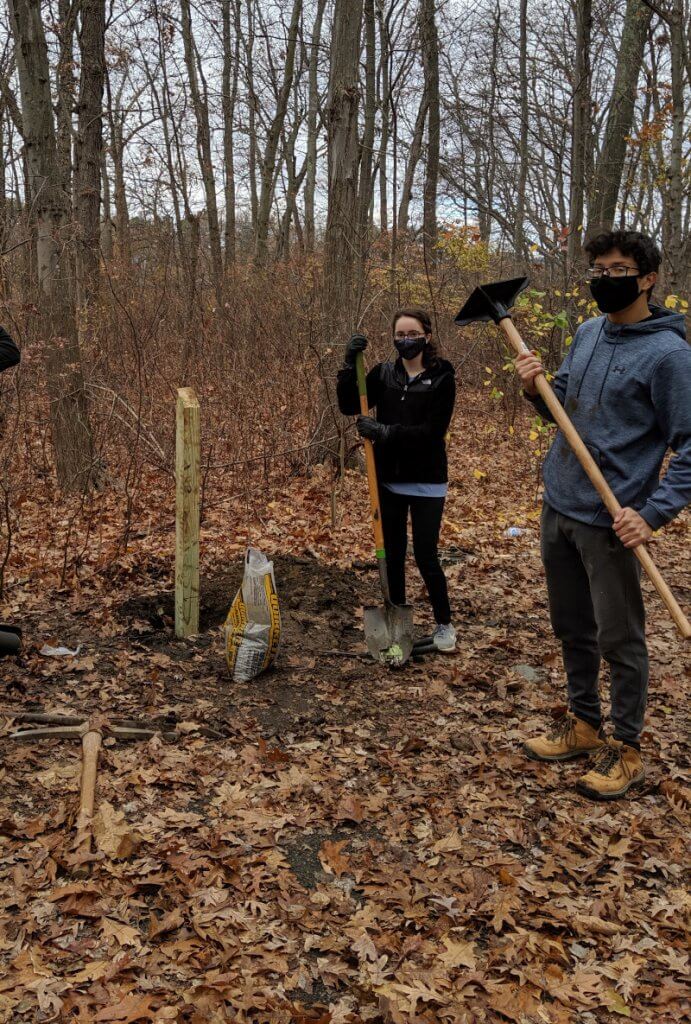Puzzle Friday: Black Hills State University
Happy New Year everyone!! Just a quick post to bring you a puzzle version of the January YMP Map of the Month: Black Hills State University in Spearfish, SD. We’ll be highlighting the Map of the Month in a future post, so stay tuned for more details on this brand new map.




